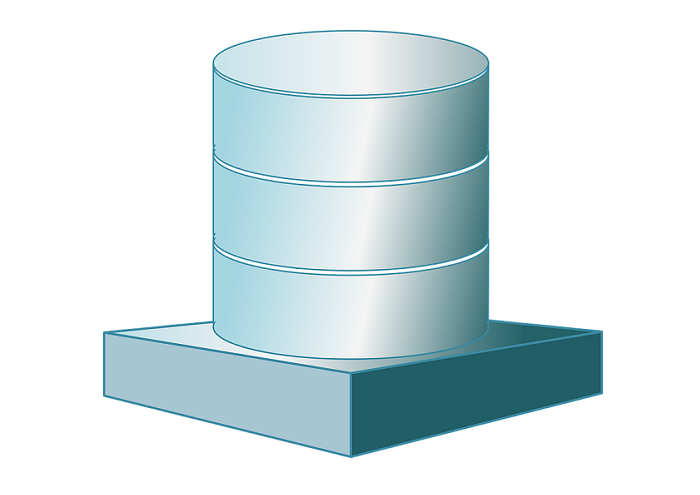Using Hadoop for Cloud-based Data Warehouse and Database Backup

Apache Hadoop has been at the forefront of any discussion involving big data for the last few years. As a big data analytics technology, it has covered virtually all bases related to Big Data, with the exception of carrying out database backups to Hadoop.
Hadoop data warehouse backup
Data warehouses are rather expensive to build up and maintain, particularly considering the cost of replication of one data warehouse to another for backup purposes. This is truer with larger data warehouses, which is why many enterprises opt to use tape backup for their data warehouses.
Tape backups are neither fast nor cheap, however. In addition, trying to backup and restore from this location can lead to significant unavailability and business disruption depending on the extent of the disaster. However, until now, there was no better or more cost-efficient solution for DW backups.
Hadoop has come up from the blue to become a cheap, safe and speedy backup solution, utilizing cheap disks and commodity hardware for replications. This is an easy backup solution to set up, appealing to many enterprises because of its short recovery times and reduced costs. In addition, the backup system is easy to deploy, and works well for small as well as big enterprises. Before Hadoop, businesses that deployed data warehouses had to rely on very expensive DW upgrades.
Additionally, Hadoop comes with capabilities for real-time/live backup systems in addition to big data analytics, which can happen in the process of the transfer. This becomes possible using Impala, Hive and Lingual, implementing a solution so seamless that system users become hard pressed to identify whether they are using the active DW or its backup copy.
Forget the traditional backup systems that users whisked away into hiding soon after backup, only to bring them out in the wake of some calamity; with Hadoop, you can have active, cheap and fast backup and DR management, with the added advantage of analytics.
Hadoop cloud database backup
Hadoop is not only an ideal backup solution for large data warehouses; cloud-based relational databases can benefit from using Hadoop for their backup and DR.
With the increasing amounts of data stored to RDBMSs, majority of database administrators favor the use of cloud-based backup over on-premise server backup systems. This is mainly because of the point-in-time capability that comes with cloud-based backup systems, which allows for faster system and/or data restore procedures in the event of disaster.
In order to ensure dependable and speedy backup and DR services, DBAs had to implement NAS/SAN drives or other specialized disk drives, which are very expensive. Every backup procedure resulted in the creation of a physical copy of the entire database, meaning that storage costs could get easily out of hand with every subsequent backup.
Conversely, using a Hadoop online backup solution allows you to take advantage of the cheap infrastructure such a solution brings, with increased scalability and reliability owing to the distributed, redundant architecture on which Hadoop is based. You can even use older hardware to create your own Hadoop cluster, supplementing your disk storage space according to your storage space requirements.
All you need to do is back up your database as you would, then transfer a copy to the Hadoop cluster. You can safely store multiple backup copies in a single cluster. Clearly, it doesn’t get any easier than that.
